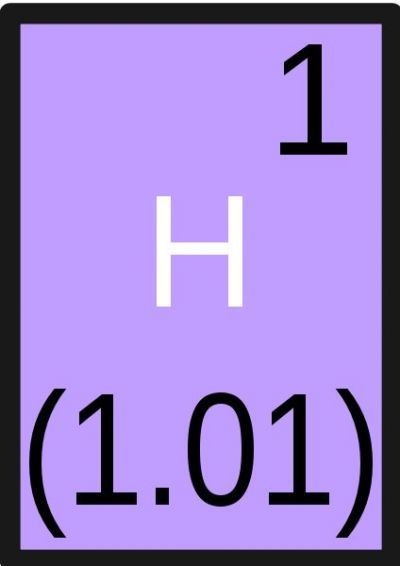Hydrogen transfer in large systems

Hydrogen, fot. Autor me (Image Fluorine.gif) [CC BY-SA 2.5
Reactions that transfer hydrogen or protons (hydrogen ions) are among the most elementary yet important reactions in industrial and biological systems. A new computational framework describes them efficiently and accurately for the first time.
Studying hydrogen transfer reactions experimentally is difficult because
the reactions occur on ultrafast femtosecond time scales and the
systems of enzymes are too large to obtain fine spectra. Describing them
theoretically in large systems such as enzymes is challenging due to a
proton's quantum dynamics.
Accurate computational algorithms require a balance between
accounting for strong quantum effects among small degrees of freedom and
weak quantum effects in the large system as a whole. Scientists have
now developed such a method with EU support of the project 'VASPT2: A
method for targeted quantum dynamics of hydrogen transfer reactions'
(VASPT2).
Researchers divided the system into active regions (small and local)
and bath regions (large and global). The team then applied a
computationally heavy approach to the active regions and treated the
rest of the system and coupling between two regions with a mean-field
approach. The latter focuses on one particle or entity and replaces all
interactions with the other entities with an average (mean) interaction.
The new method was applied to formic acid, a prototype system with weak
and strong correlations. Theoretical predictions of vibrational wave
functions (fundamental spectral bands) were shown to match experimental
values quite well.
The team also developed a method to describe semi-global potential
energy surfaces related to hydrogen transfer reactions. Again, there is a
trade-off between computational load and the need to describe quantum
dynamics. VASPT2 members used a novel linear regression approach to fit
the semi-global potential energy surface that minimises 'over-fitting'
but does not create unphysical holes.
Implemented in a new programme suite for quantum dynamics called
DYNAMOL, the novel frameworks provide computationally efficient and
accurate descriptions of hydrogen transfer reactions. They are expected
to help answer one of the most important open questions in biochemistry,
namely whether or not quantum effects are important for enzymatic
reactions. VASPT2 has thus made an invaluable contribution to the design
of improved catalysis that is so important to many industrially
relevant reactions.
published: 2015-03-11